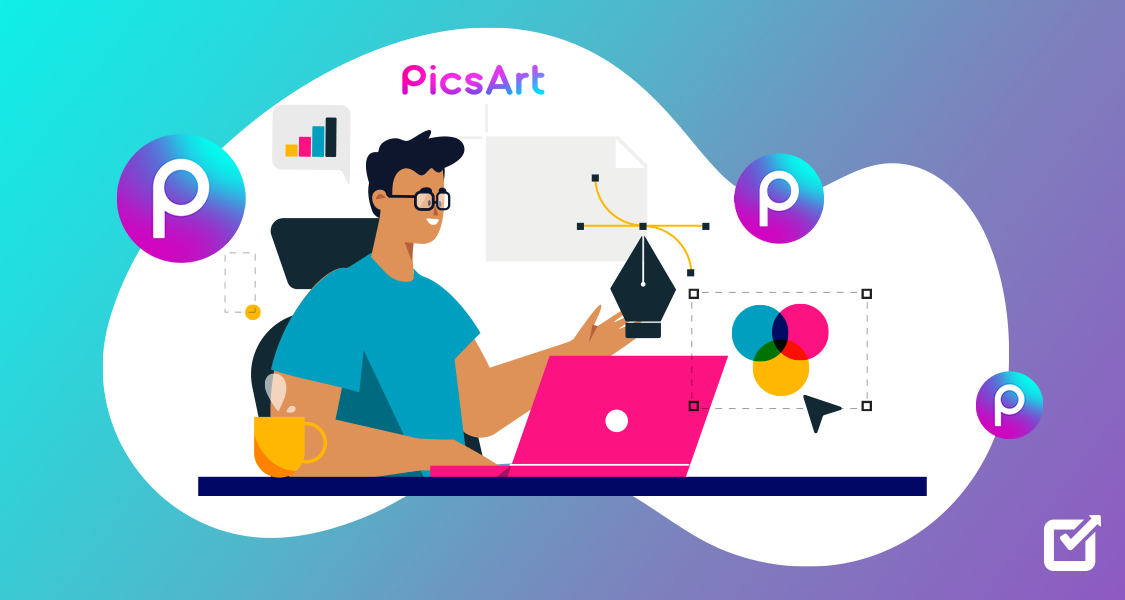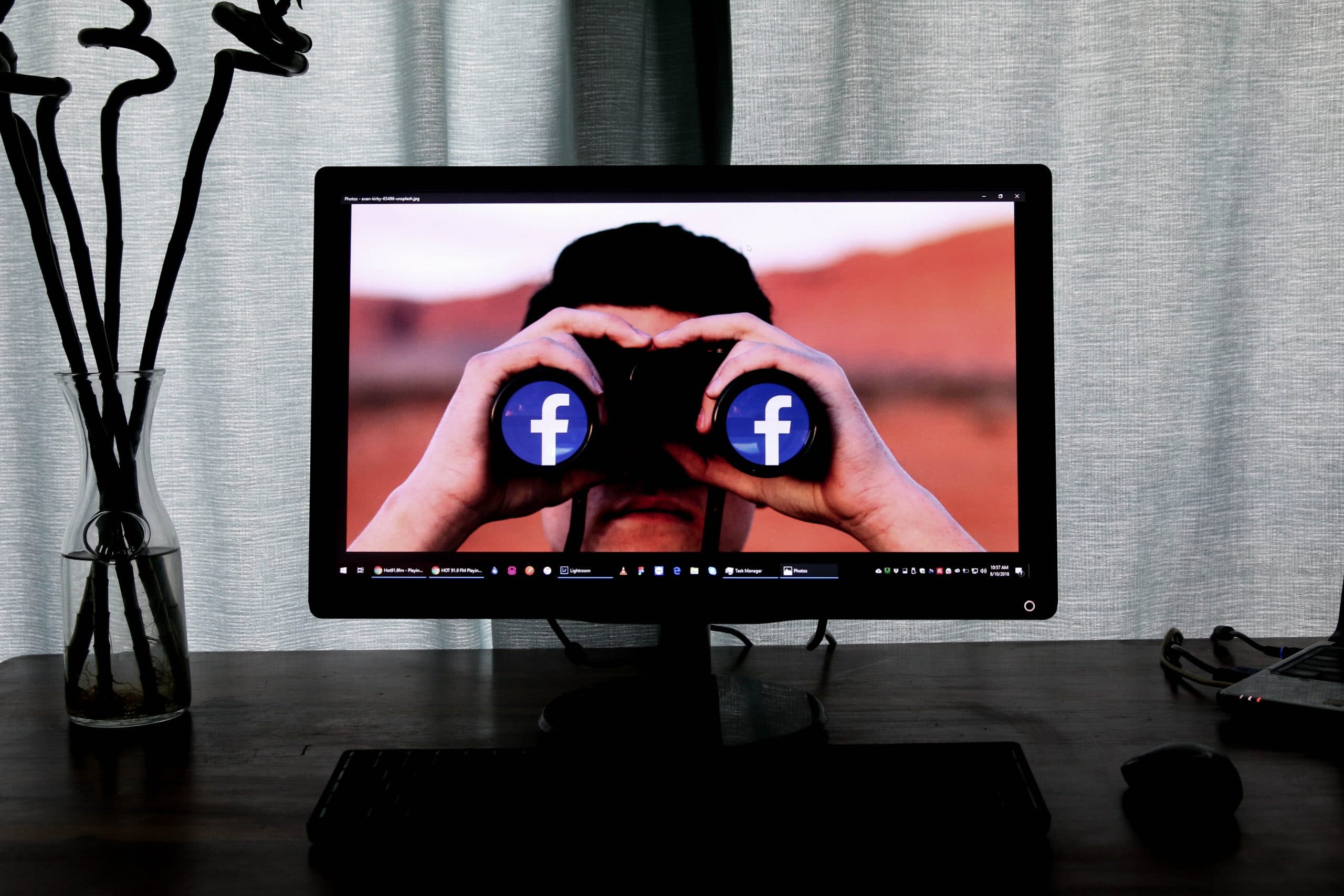Social media has become the connective tissue of our lives.
It’s not just about sharing funny cat videos (though, let’s be honest, that’s part of the charm).
Social media’s influence is undeniable, from rekindling old friendships to fueling movements that can topple governments.
But this powerful tool wasn’t born overnight.
It’s a story that stretches back decades, with roots in early online communities and bulletin boards.
In this blog, we’ll discover the history of social media through its fascinating evolution.
We’ll look into its timeline, tracing its evolution from clunky message boards to today’s dynamic platforms.
We’ll explore social media’s double-edged sword, examining both its benefits, which connect us, and its drawbacks, which can leave us feeling isolated.
Most importantly, we’ll peer into the future, where artificial intelligence is poised to redefine.
So buckle up and get ready to explore social media’s exciting and sometimes complex world.
You might want to give Social Champ a try for all your social media scheduling needs—
it makes planning and posting super easy, so you can relax and enjoy the results without any worries!
What is Social Media?
Social media has transformed how we interact, share, and consume content globally over the years.
According to Statista, there were approximately 5.04 billion social media users worldwide in 2023, translating to over 62.3% of the global population.
Social media’s history reflects technological advancements and evolving societal needs despite today’s platforms enabling instant moment sharing.
But what is social media, really?
Well, it refers to online platforms and technologies that enable users to create, share, and engage with content.
It fosters communication and interaction through text, images, videos, and audio, often leading to the formation of virtual communities.
The Building Blocks of Social Media: How We Connect and Engage
Social media platforms thrive on the dynamic interplay between users and the features they offer.
Let’s explore deeper into these core elements that fuel online interaction:
- User Profiles:
These act as your online identity, showcasing who you are or what your organization represents. Profiles typically include basic information such as name, location, bio, profile pictures, cover photos, and links to relevant websites. They can be customized to project a professional persona, a creative outlet, or simply a space to connect with friends and family. - Content Creation and Sharing- The Lifeblood of Social Media:
This is where users become active participants. Platforms offer diverse ways to share content, such as text posts, appealing images, engaging videos, or informative articles. Sharing experiences, news, or creativity helps users express themselves, build their online presence, and spark conversations. - Networking and Interaction- Building Your Social Circle:
Social media platforms are designed to foster connections. You can follow friends, family, influencers, or brands that interest you. Likewise, others can follow you, creating a network of connections. Stay updated on loved ones, discover content based on your interests, and engage in discussions with like-minded individuals. - Direct Messaging: Private Conversations in a Public Space:
This feature empowers private communication between users. Direct messages, often shortened to DMs, allow for one-on-one conversations, group chats, or sharing media privately. This fosters deeper connections, facilitates collaboration, and enables communication beyond public posts. - Likes and Comments: The Currency of Engagement:
These features are the cornerstones of interaction on social media.”Liking” shows approval, while comments share thoughts, sparking conversations and fostering community. The number of likes and comments serves as a metric of engagement, indicating how well a piece of content resonates with the audience.
Featured Article: 20+ Social Media Engagement Post Ideas for 2025
The History of Social Media
The history of social media is rooted in early Internet communication forms, such as bulletin boards and forums.
It can be broadly divided into three eras.
Essentially, the social media story is a fascinating journey that traces the evolution of human connection in the digital age.
Its roots lie not in fancy apps but in the early days of the internet, where a desire to communicate and share information fostered innovative solutions.
Here’s a detailed look at the key eras and turning points:
The Pre-Social Media Era (1970s – Early 2000s)
1971: The Dawn of Email:
Ray Tomlinson’s invention of email marked a giant leap in digital communication.It allowed people to send messages across long distances, fostering a sense of connection even in a pre-internet world.
1978: Bulletin Board Systems (BBS) Emerge:
Ward Christensen and Randy Suess created the first BBS, which functioned like a digital community bulletin board.Users could post messages on specific topics, share files, and engage in text-based conversations.
This was a glimpse into the online communities that would later flourish.
1980s: The Rise of Text-Based Communication:
The advent of Usenet, a network of newsgroups, and Internet Relay Chat (IRC) further fueled online interaction.Usenet offered topic-based forums, while IRC provided real-time chat rooms for users with similar interests to connect.
These platforms fostered a sense of belonging and laid the groundwork for interactive online spaces.
The Early Social Media Era (the 2000s – 2010s)
- 1997: Six Degrees – The First Social Network:
Six Degrees, launched by Andrew Weinreich, is often considered the first true social networking site. Users could create profiles, connect with friends, and even see their “degrees of separation” from others. While it eventually faded, Six Degrees paved the way for future platforms. - 2002-2004: The Rise of Friendster and LinkedIn: Launched in 2002, Friendster connected friends of friends, creating a dynamic online social circle. In 2003, LinkedIn emerged as the first major professional networking platform. These platforms showcased the potential of social media to connect people for specific purposes.

LinkedIn in 2004 - 2004: Facebook – A Game Changer:
Mark Zuckerberg’s Facebook revolutionized social networking. Facebook’s user-friendly interface lets users share updates, photos, and messages and connect with a broader network. Its rise marked a turning point in online interaction.
Facebook in 2004 - 2005 – 2006: The Age of Video and Microblogging:
In 2005, YouTube revolutionized visual content consumption and creation as a video-sharing platform. In 2006, Jack Dorsey introduced Twitter, a microblogging platform for concise, rapid information sharing with a 140-character limit (later increased).
YouTube in 2005
- 1997: Six Degrees – The First Social Network:
The Modern Social Media Era (2010s – Present)
- 2010: The Power of Images – Instagram:
The launch of Instagram by Kevin Systrom and Mike Krieger ushered in the era of photo sharing. The platform’s focus on visual storytelling and easy-to-use filters transformed how people documented and shared their lives online.
Instagram in 2010 - 2011: Disappearing Messages – Snapchat:
In 2011, Evan Spiegel introduced Snapchat, which focused on ephemeral messages that disappear after a set time. This focus on fleeting moments and a more private sharing experience resonated with a new generation of users.
Snapchat in 2011
- 2012 – 2016: Short-Form Video Takes Center Stage:
Vine (2012), with 6-second looping videos, and TikTok (2016), focused on short-form creative content, reshaping online entertainment consumption.
Vine in 2012 - 2015: The Birth of Discord:
This decade saw the rise of Discord, a platform originally conceived for gamers. Jason Citron and Stanislav Vishnevskiy created Discord for online gaming, focusing on clear voice chat and community building ease. Discord’s popularity extended beyond gaming, appealing to users for its blend of text chat, voice channels, and screen-sharing.
Discord in 2015 - 2020s: The Age of AI and Algorithms:
Today, AI and advanced algorithms are integral parts of social media platforms.AI personalizes content recommendations, tailors advertising experiences, and even moderates content. This raises questions about privacy, control, and the potential biases inherent in algorithms. One of the most recent additions is the Meta AI. Its AI engine powers features like chatbots and content recommendations across social media apps. It personalizes feeds, translates languages, and streamlines communication, all to make social connections smoother.
Meta AI homepage
- 2010: The Power of Images – Instagram:
- 2023: The Rise of Threads:
Twitter introduced “Threads,” letting users string tweets together for cohesive narratives, innovating social media storytelling. This fostered long-form storytelling and in-depth discussions within the platform’s traditionally character-limited format.
Threads Login Page The Twitter Transformation (X):
In 2022, Elon Musk’s acquisition of Twitter sparked a major change.Twitter was rebranded as “X,” signifying a shift towards an “everything app” vision.
This included integrating features like payments, messaging functionalities beyond tweets, and potentially even video and music streaming.
The platform also saw a significant overhaul in content moderation policies, with Musk advocating for a more “free speech” approach, which generated controversy.

Twitter (X) Login Page 2020s and beyond:
As we move past the early 2020s, here are some additional trends to watch:- The Continued Rise of AI:
AI will increasingly personalize feeds, combat misinformation, and create original content in the future of social media. - The Decentralization Movement:
Blockchain platforms may disrupt social media giants, offering users more data control and innovative user experiences. - The Focus on Privacy:
Privacy concerns may drive stricter regulations and user-centric features empowering individuals to manage their online presence securely. - The Short-Form Video Boom:
TikTok and YouTube are adapting to the popularity of short-form videos, with features like YouTube Shorts gaining traction. - The Rise of Audio Social Media:
Platforms focused on audio-based interaction, like Clubhouse, might gain traction, offering a more intimate and interactive experience.
- The Continued Rise of AI:
Benefits and Drawbacks of Social Media
Social media’s meteoric rise has woven itself into our lives.
While it offers undeniable benefits, it’s not without drawbacks.
Let’s take a look at both sides of this digital coin.
Benefits:
- Connectivity on Steroids:
Gone are the days of pen pals and snail mail. Social media allows instant messaging, video calls, and smooth communication across continents. We can reconnect with long-lost friends, stay in touch with family abroad, and build new relationships that transcend geographical boundaries. - Information at Your Fingertips:
Social media platforms have become gateways to a vast ocean of information. Breaking news, educational resources, and niche tutorials are readily available. With just a few clicks, you can follow industry experts, learn new skills, and stay informed about current events. - Empowering Brands and Individuals:
Social media has democratized brand building. Businesses of all sizes can establish an online presence, connect with target audiences, and promote their products or services. Individuals can leverage social media to build personal brands, showcase their talents, and connect with potential employers or collaborators. - Fueling Social Movements:
Social media has become a powerful tool for social change.#MeToo and #BlackLivesMatter gained momentum on social media, raising awareness, fostering solidarity, and mobilizing supporters globally.
- Connectivity on Steroids:
Drawbacks:
- The Misinformation Minefield:
The ease of sharing information on social media can be a double-edged sword. False news and misleading content can spread like wildfire, making it difficult to discern fact from fiction. This can have serious consequences, from influencing elections to eroding trust in credible sources. - Privacy Under Scrutiny:
Sharing personal information online comes with inherent risks. Data breaches, unauthorized data collection, and targeted advertising raise concerns about privacy and online security. Users must be vigilant about what information they share and understand how it might be used. - Mental Health—A Fragile Balance:
Social media can cultivate feelings of inadequacy and social comparison. The curated highlight reels of others can distort reality, leading to anxiety, depression, and isolation. Setting healthy boundaries and focusing on real-life connections is crucial. - Echo Chambers and Confirmation Bias:
Personalized content algorithms can create echo chambers, reinforcing users’ existing beliefs with selective information exposure. This can lead to polarization, hinder critical thinking, and make it difficult to engage in constructive dialogue with opposing viewpoints.
- The Misinformation Minefield:
Related Article: 7 Best Social Media Search Engines for Marketers in 2025
The Power of Social Media for Good:
Social media isn’t inherently negative.
It has demonstrably played a positive role in various situations:
- Disaster Response:
During crises like the 2010 Haiti earthquake, social media facilitated communication, coordinated rescue efforts, and disseminated vital real-time information. - Health Information Dissemination:
During COVID-19, social media was crucial for sharing health information, promoting measures, dispelling misinformation, and aiding public awareness efforts. - Fundraising for a Cause:
Platforms like GoFundMe have revolutionized fundraising. Social media allows individuals in need to connect with a global audience and raise funds for medical expenses, disaster relief, and various other causes. - Building Online Communities:
Social media fosters inclusivity by providing safe spaces for marginalized voices. Facebook groups, Reddit forums, and Twitter communities connect people with shared interests, experiences, and identities, supporting, belonging, and promoting change.
- Disaster Response:
Conclusion
From its humble beginnings as bulletin boards to today’s AI-driven personalized experiences, the history of social media is marked by continuous transformation.
While it offers unprecedented connectivity and knowledge-sharing, challenges like misinformation and privacy concerns persist.
The rise of artificial intelligence promises further disruption and innovation, shaping the future of social media in ways we can’t yet fully predict.
FAQs
1. When Did Social Media First Start?
2. How Has Social Media Evolved Over the Decades?
– 1970s-1980s: Early forms like email, BBS, Usenet, and IRC laid the groundwork for online communication.
– 2000s: Launching platforms like Friendster, LinkedIn, and Facebook revolutionized social networking.
– 2010s-Present: The rise of Instagram, Snapchat, TikTok, and AI-driven features has transformed how we share and consume content.




















